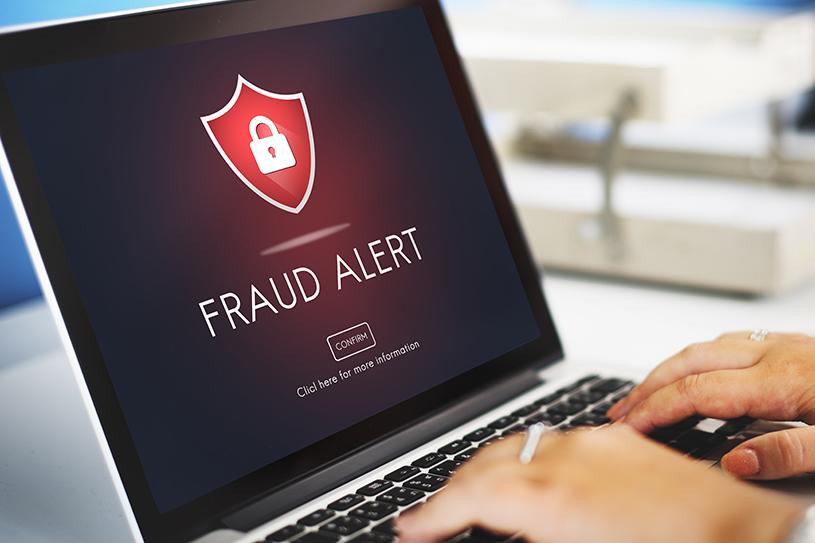 Fraud & Scam
Alerts
Fraud & Scam
Alerts
Think You've Been Scammed? Read Below.

Minneapolis Public Schools has announced a system breach - March 9, 2023
What is a System Breach?
A System Breach is an incident where a hacker has been able to gain unauthorized access to information and data. Companies, apps, stores, or other entities that store personal information can experience system breaches without warning and you don't always know when/if your information has been compromised. Recently, the Minneapolis Public School (MPS) District announced a system breach.
This hacker breach of MPS systems did not access any Expedition CU's systems, however, members may work or have students attending the district and may have been notified by MPS that some of their personal information was impacted.
Are my Expedition CU accounts secure?
To keep Expedition and you protected, we ask questions only you should know to verify it is you on the phone or in person. While it can seem inconvenient to be asked these questions, please remember it is to keep all member information as secure as possible.
Add an extra layer of security:
Set up a verbal passcode to add an extra layer of security. We can set up a passcode for account access that only you know when you call us over the phone.
If you are concerned about your personal information being compromised, please call us at 651.264.0669
Federal cyber officials offer four critical steps everyone can take to protect themselves online:
- Protect your computer by using security software. Set the software to update automatically so it can deal with any new security threats.
- Protect your mobile phone by setting software to update automatically. These updates could give you critical protection against security threats.
- Protect your accounts by using multi-factor authentication. Some accounts offer extra security
by requiring two or more credentials to log in to your account. This is called multi-factor
authentication. The additional credentials you need to log in to your account fall into two
categories:
-
- Something you have — like a passcode you get via an authentication app or a security key.
- Something you are — like a scan of your fingerprint, your retina, or your face.
-
Multi-factor authentication makes it harder for scammers to log in to your accounts if they do get your username and password.
- Protect your data by backing it up. Back up your data and make sure those backups aren't connected to your home network. You can copy your computer files to an external hard drive or cloud storage. Back up the data on your phone, too.

